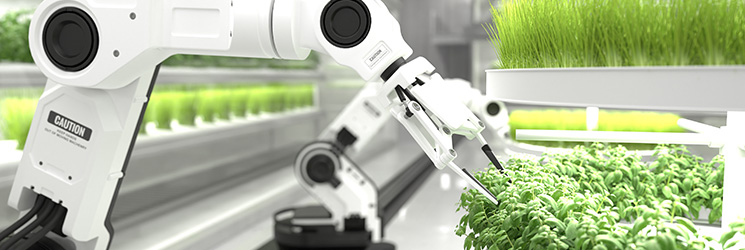ChatGBT Co-designed a Food Harvesting Robot
The abilities of artificial intelligence are constantly growing. Today, ChatGBT can do much more than it was expected. Writing human-like texts, providing users with virtual assistance, and creating codes are a small part of all the AI capabilities. ChatGBT co-designed a robot with scientists from the Delft University of Technology in the Netherlands and the Swiss Federal Institute of Technology (EPFL). How was it, and what became a pitfall in the process?

Development of the Robot
Firstly, researchers tried to get information from ChatGBT about future challenges for humanity. Food supply was one of the main directions the AI mentioned.
The scientists asked the program about features necessary for a robot harvester, and it managed to develop the idea of a machine. Then, the large language model (LLM) evaluated the code, generated the entire computer-assisted design (CAD) models, and decided on construction materials. However, some data was not fully correct and required adjustments on the part of the researchers.
The experiment with the creation of a tomato-harvesting robot was successful. After days of conversations, researchers with ChatGBT built the robotic arm that can pick tomatoes. They also tested it already in the real world.
Can AI Replace Humanity in Robot Design?
At the moment, AI generates the most probable answers to questions, which implies getting the right solution. ChatGBT can create good ideas, but they still need to be checked and corrected by humans. Additionally, people should consider such essential issues as intellectual property, plagiarism, and traceability when working with LLMs.
The Perspectives of AI Participation in Robot Design
This case study demonstrates the potential of robot design by LLMs. Developers actively work on the improvement of several artificial intelligence functions. The future of ChatGBT and other similar services looks positive, and there are several ways AI can be used in robot design:
- Artificial intelligence will provide people with all the necessary information about robot design, and they will unthinkingly apply it.
- AI will be used as a supplement to human knowledge.
- Humans will stay inventors, and AI will debug, troubleshoot, and handle time-consuming processes.

